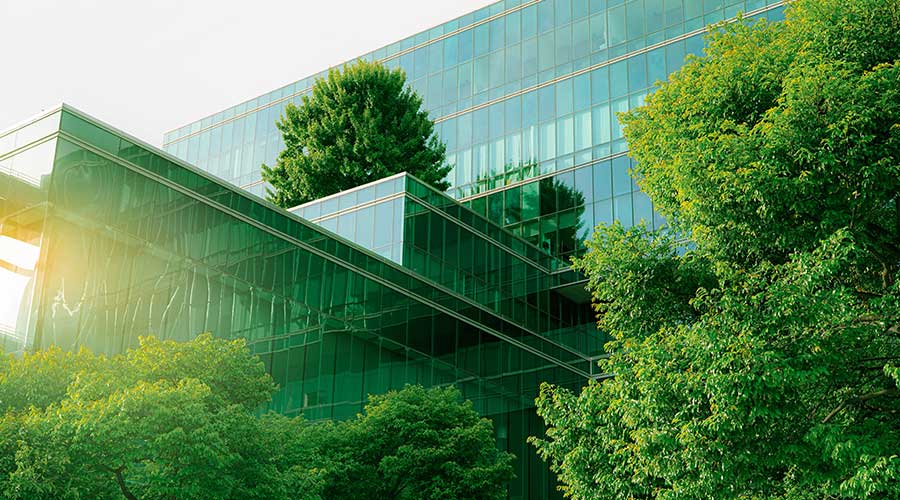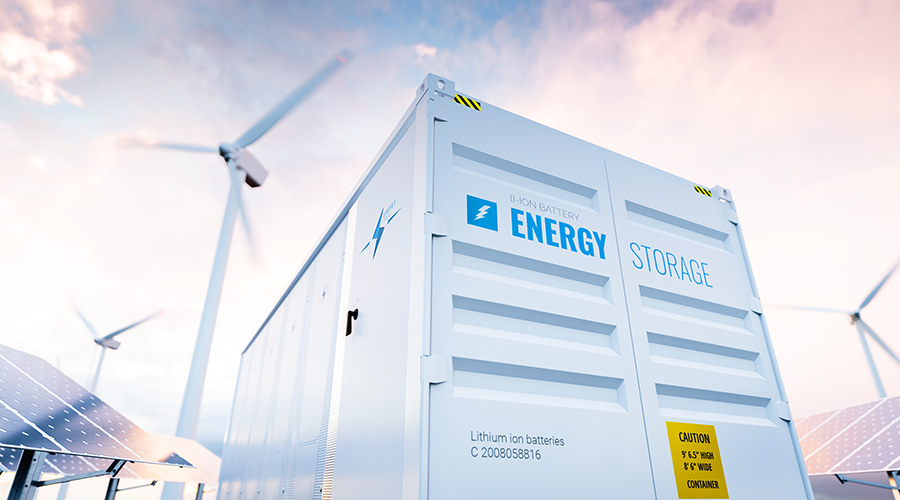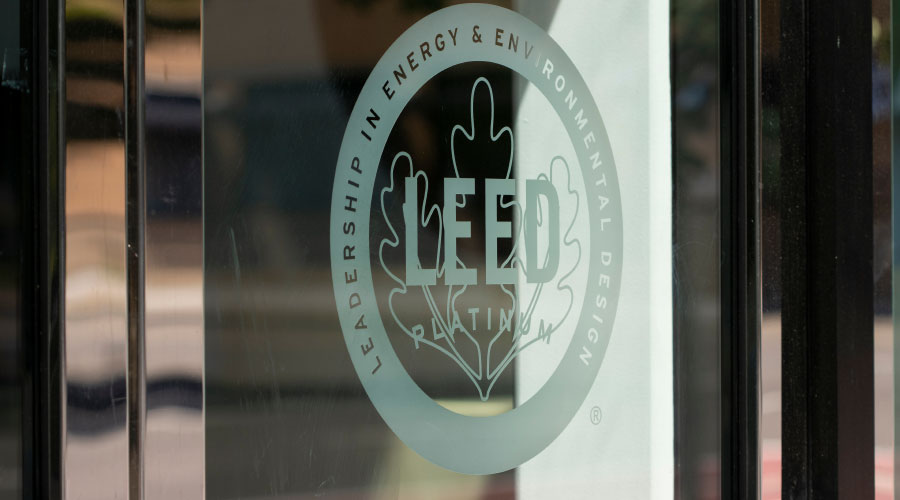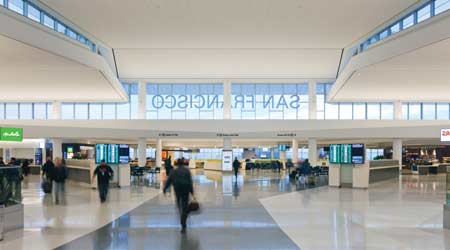 The designs for Terminal 2 and 3 at SFO incorporate biophilic design by using subtle shifts in pattern, lighting, and even ceiling height that provide a variety of experiences for the travelers who walk along the concourse to and from their gates. Nic Lehoux
The designs for Terminal 2 and 3 at SFO incorporate biophilic design by using subtle shifts in pattern, lighting, and even ceiling height that provide a variety of experiences for the travelers who walk along the concourse to and from their gates. Nic LehouxLessons Learned At The World's Most Sustainable Airport
A decade-long initiative at San Francisco International Airport has focused on health, well-being, greenhouse gas reduction, sustainability, and energy efficiency.
The San Francisco International Airport (SFO) has been on a decade-long mission to be the best and most sustainable airport in the world. With each new terminal design, wayfinding project, or set of design guidelines, the airport strives to build on what’s working, explore and introduce new innovations, and wherever possible improve on what’s been done in the past. This applies equally as much to strategies focused on improving the health, well-being, and delight of the airport’s employees and passengers as it does to achieving the lofty performance goals of net-zero energy, carbon, and waste to landfill. Here are some things learned along the way.
What a difference a degree makes
Sometimes it’s the less visible and less obvious actions that have the biggest impact. For example, to reduce energy usage, cut carbon emissions, and provide better comfort, one may look no further than the thermostat. It is quite common for offices and public buildings in the United States to set the thermostat to operate within a very tight temperature band of 70 to 72 F, regardless of the season, the actual outside temperature, or occupant activity. However, widening the operating temperature band by just a few degrees, for example to 70 to 75 F, can result in upwards of 15 percent energy savings and still provide desired personal thermal comfort.
At SFO, between the previous Terminal 3 East project that opened in 2016, and the current Terminal 1 renovation, the California state energy code changed, now requiring that the design temperature band be a full five degrees Fahrenheit, compared to the previously allowable two degrees band. Compared to the usual SFO standard (70 to 72 F), significant energy benefits would accrue on the project if it could be designed and operated to the broader 70 to 75 F band. Additional savings would also be possible from operations more aligned with local weather — for example dropping the operating setpoints to a 67 to 72 F range at certain times of the year when the outside conditions warrant it. For example, San Francisco gets a lot of fog in June and July, which can be used to help cool the space.
With thermal comfort and temperature set points, one size does not fit all. An airline employee in a suit may have a different temperature requirement than a vacationing traveler in shorts and a T-shirt. A retail concessionaire selling chocolate may want to lower the temperature around their product. However, by designing and operating with a wider temperature band, and applying smart thermal zoning, facility managers can customize the temperature set point by area instead of having to choose the least common denominator, delivering both energy savings and better comfort to all.
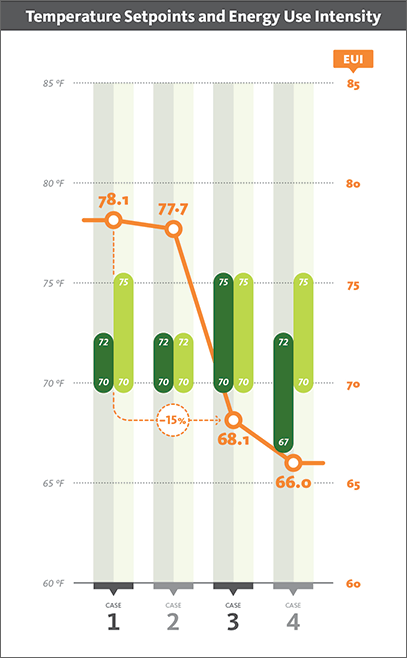
Common operation temperature band: 70-72 F
New sustainable operation temperature band: 70-75 F
System design temp. band per OLD Calif. code: 70-72 F
System design temp. band per NEW Calif. code: 70-75 F
Simply tweaking the range of setpoints a few degrees on either end can produce a dramatic drop in energy use intensity, and thus increase energy savings.
Source: MEYERS + ENGINEERS
Related Topics:












